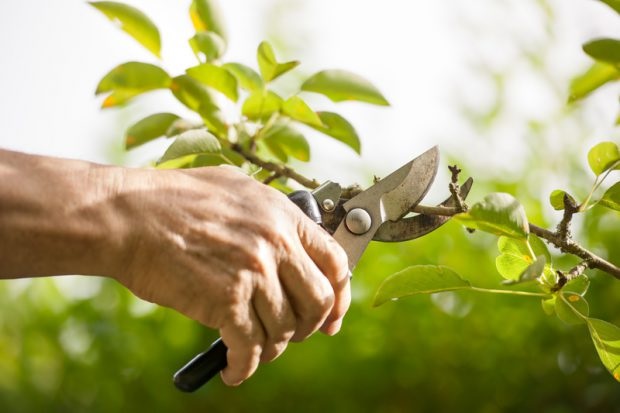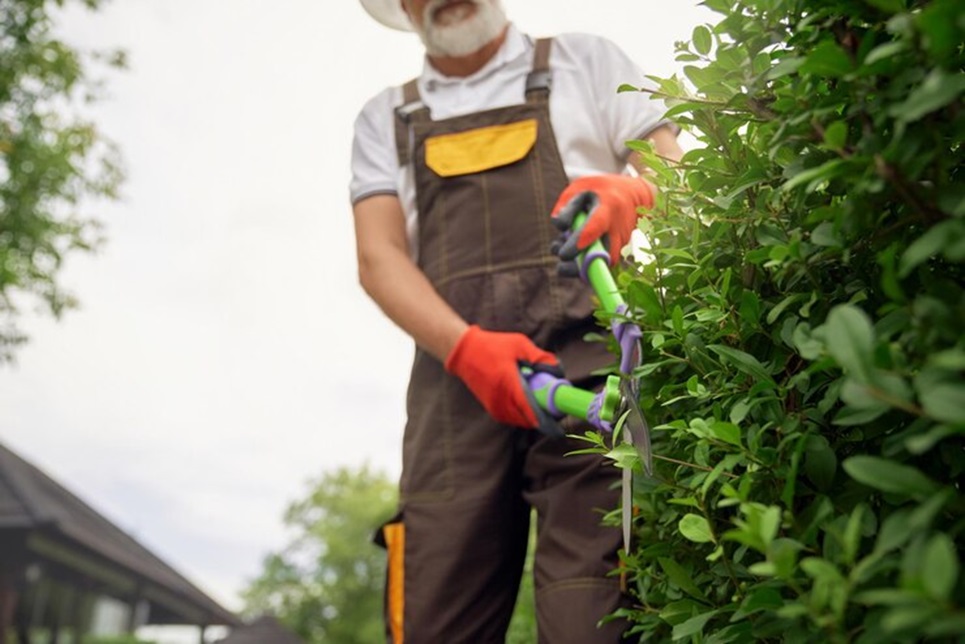Maintaining healthy trees is essential for any property. Trees provide shade, beauty, and improve air quality. However, without proper care, they can become overgrown and unhealthy. Seasonal maintenance is crucial for tree health. Here are some tips to keep your trees in top shape throughout the year, focusing on tree pruning and tree trimming.
Spring: Time for Pruning
Spring is the perfect time to assess your trees. As they begin to bud, you can see which branches need attention. Pruning during this season encourages healthy growth. Remove any dead or diseased branches. This not only improves the tree’s appearance but also prevents the spread of disease.
When pruning, focus on the interior of the tree. Thin out crowded branches to allow sunlight and air to reach the center. This will promote healthy foliage and flowers. Use sharp, clean tools to make clean cuts. This helps the tree heal faster.
Summer: Regular Trimming
In summer, your trees are in full bloom. This is the ideal time for tree trimming. Regular trimming helps maintain the shape and size of your trees. It also prevents branches from becoming too heavy and breaking.
Look for any branches that are rubbing against each other. These can cause wounds that lead to disease. Trim them back to promote healthy growth. Also, remove any water sprouts—those fast-growing shoots that can sap energy from your tree.
Fall: Prepare for Winter
As fall approaches, it’s time to prepare your trees for winter. After the leaves drop, assess the tree’s structure. Look for any weak or broken branches that need removal. Pruning at this time reduces the risk of damage during winter storms.
Also, consider applying a layer of mulch around the base of the tree. Mulch helps retain moisture and protects the roots from freezing temperatures. Just be sure to keep the mulch away from the trunk to prevent rot.
Winter: Prune During Dormancy
Winter is the dormant season for trees. This makes it an excellent time for tree pruning. Without leaves, it’s easier to see the tree’s structure. This is a great time to make significant cuts.
Pruning in winter encourages strong growth in the spring. It allows trees to focus their energy on developing new leaves and branches. However, avoid pruning during extreme cold spells. This can stress the tree.
 Year-Round Maintenance
Year-Round Maintenance
Tree maintenance doesn’t stop with pruning and trimming. Regular inspections are essential throughout the year. Look for signs of pests or disease. Early detection can save a tree from severe damage.
Watering is also crucial, especially during dry spells. Deep watering encourages strong root development. Avoid shallow watering, which can lead to weak roots.
Hire a Professional
While DIY tree pruning and trimming are possible, hiring a professional can ensure the job is done correctly. Certified arborists have the training and tools to care for your trees safely. They can assess the health of your trees and recommend the best practices for maintenance.
Conclusion
Keeping your trees in top shape requires seasonal attention. Spring is for pruning, summer is for trimming, fall prepares for winter, and winter is for dormant pruning. Regular maintenance, inspections, and professional help are key to tree health. Healthy trees not only enhance your property but also contribute positively to the environment. By following these seasonal tips, you can ensure your trees thrive for years to come.


